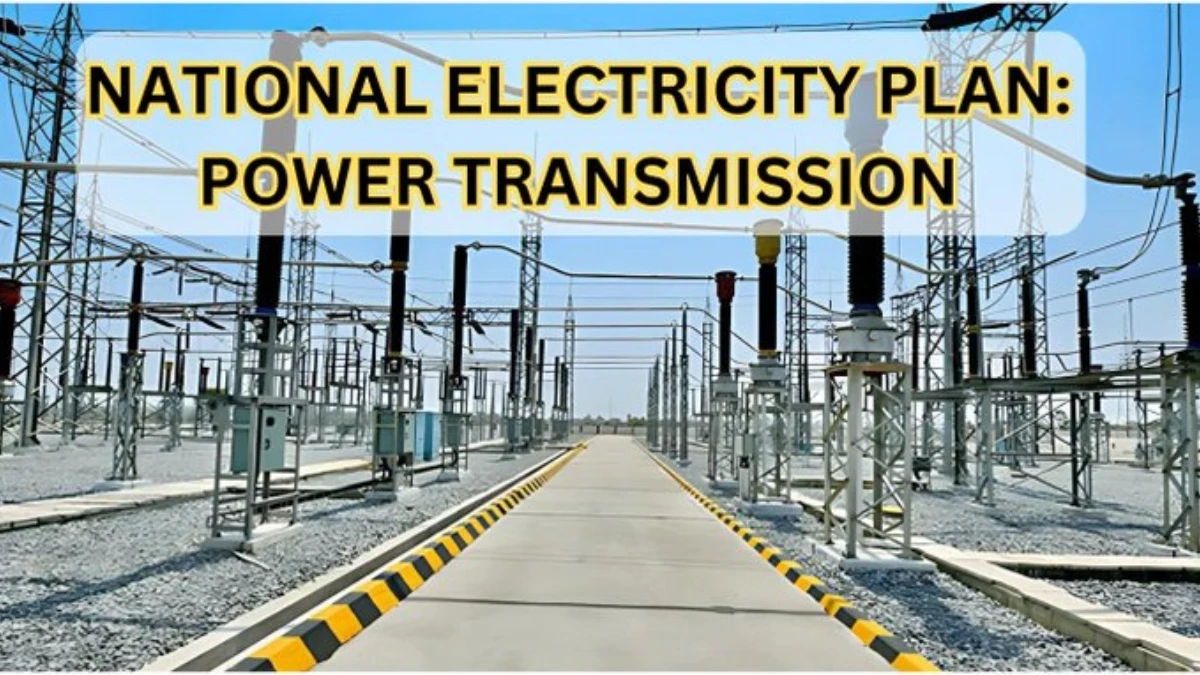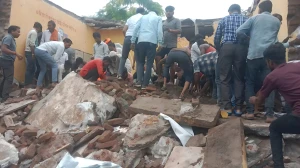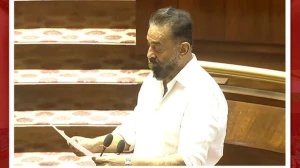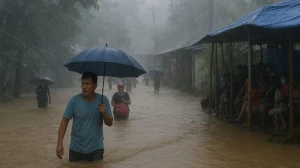NCRTC Embraces Power Exchange for Cost Optimization
New Delhi, Jul 27 (PTI) - In a move aimed at cutting operational costs and promoting sustainability, the National Capital Region Transport Corporation (NCRTC) has started procuring electricity through the power exchange for its Receiving Sub-Station (RSS) in Ghaziabad.
The Ghaziabad RSS is the interconnection between the Namo Bharat corridor and a power grid. This marks the beginning of NCRTC's shift towards more cost-effective and cleaner energy options for its train operations and station infrastructure, according to a statement from NCRTC.
Projected Annual Savings of Rs 1 Crore
The step is expected to help NCRTC save around Rs 1 crore annually from just one drawl point in the first year, it stated. As per NCRTC, the corporation consumes approximately 326 million units of electricity each year, translating to an energy expenditure of nearly Rs 300 crore.
Power costs account for around 30 to 35 per cent of NCRTC's total operational expenses, making this strategic shift crucial for the corporation's financial sustainability.
Strategic Partnerships and Implementation
To facilitate this transition, NCRTC has signed agreements with Power Trading Corporation (PTC India Ltd) and Uttar Pradesh Power Transmission Corporation Limited (UPPTCL), it stated.
Electricity sourced through the exchange is expected to be more economical than conventional distribution utilities, providing a financial advantage, the statement read.
Green Energy Commitment
In addition to cost savings, NCRTC aims to source at least 15 per cent of its power through green energy annually via the exchange, reinforcing its commitment to sustainable practices, it added.
Phased Rollout and Future Expansion
The power exchange model is being rolled out in phases, starting with operational sections of the Delhi-Ghaziabad-Meerut corridor, it said. It will eventually be extended to other drawl points in Uttar Pradesh and Delhi as the corridor becomes fully operational.
Currently, 55 km of the corridor with 11 stations is operational, and full commissioning is expected later this year.
This report includes content sourced from Press Trust of India (PTI), edited for clarity and context.
Image Credits: raghavwadhwa/ Twitter






